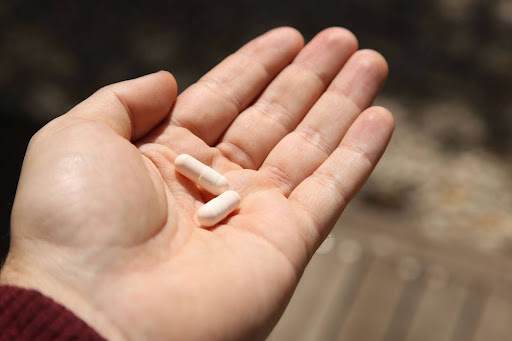
A recent epidemiological model developed by researchers at The University of Texas at Austin sheds light on the potential impact of Paxlovid, an antiviral drug used to treat COVID-19. The study suggests that increasing the use of Paxlovid could lead to a significant reduction in hospitalizations and healthcare costs associated with the disease. These findings underscore the importance of proactive treatment strategies in combating the ongoing pandemic.
The epidemiological model, based on conditions observed over a 300-day period beginning in January 2022, reveals compelling insights into the efficacy of Paxlovid in mitigating the impact of COVID-19. Researchers found that treating just 20% of symptomatic cases with Paxlovid during the omicron wave could have resulted in up to 850,000 fewer hospitalizations and saved up to $170 billion. Additionally, even with lower transmission levels of the virus, an expanded use of Paxlovid could potentially save approximately 30,000 lives during an outbreak.
The implications of these findings extend beyond individual patient care to broader public health outcomes. By reducing the likelihood of hospitalizations and limiting viral transmission, Paxlovid has the potential to alleviate strain on healthcare systems and prevent further spread of the virus within communities. Moreover, the economic savings associated with decreased hospitalizations highlight the significant societal benefits of proactive treatment measures.
The study underscores the importance of timely administration of Paxlovid, ideally within five days of symptom onset, to maximize its effectiveness. Additionally, the researchers emphasize the need for policymakers and healthcare professionals to consider the varying levels of viral transmission and community dynamics when determining the optimal use of Paxlovid. By implementing strategic treatment protocols, healthcare systems can better manage the impact of COVID-19 outbreaks and save lives.
Looking ahead, the researchers aim to continue refining their epidemiological models to inform evidence-based decision-making in the fight against COVID-19. By providing insights into the potential benefits of antiviral treatments like Paxlovid, these studies contribute to global efforts to enhance pandemic preparedness and response strategies. Ultimately, proactive measures such as stockpiling antiviral medications and designing comprehensive intervention plans are essential for mitigating the impact of future outbreaks.
The findings of the UT Austin study highlight the promising role of Paxlovid in COVID-19 treatment and prevention efforts. As the world continues to grapple with the ongoing pandemic, proactive strategies aimed at reducing hospitalizations and viral transmission are critical. By leveraging innovative treatments like Paxlovid and integrating them into comprehensive public health initiatives, we can work towards a future where the impact of COVID-19 is minimized, and communities are better equipped to respond to emerging health threats.
Publish Time: 13:20
Publish Date: 2024-02-26